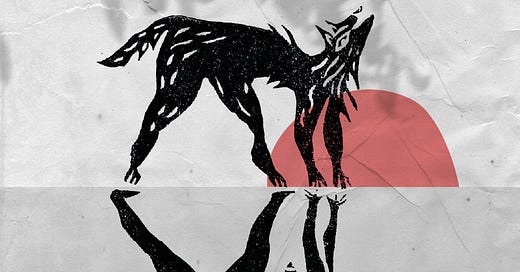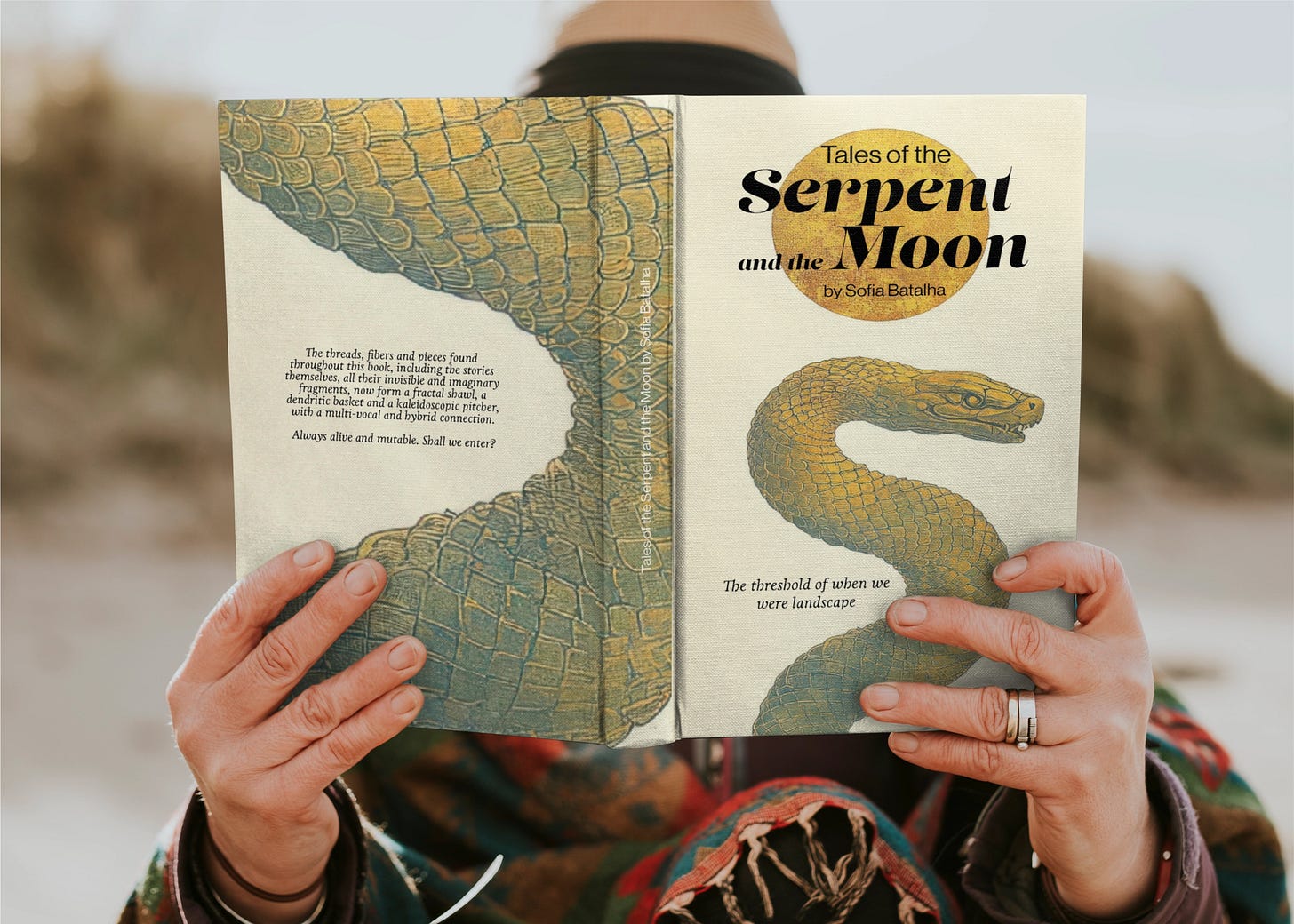Dear reader,
Please note that the content shared here on Substack will differ from what appears in the printed book. While many of the themes, stories, and inquiries may echo across both formats, the book itself has undergone a thorough process of review, editing, refinement, and expansion. In that sense, the printed version holds a more curated, deepened, and embodied iteration of the work.
Think of the Substack as a living ground, where ideas are still fermenting, evolving, and growing their tendrils. The book, meanwhile, is a vessel, harvested with care, ripened in its season, and offered as a more coherent ceremonial bundle.
With tenderness for the ongoingness of becoming,
—Sofia
Symbols
On the other hand, I've been fascinated by symbols since I was a child, and like all human beings, I've always created and destroyed symbols. Around the age of six, I remember looking, crying with emotion, at an archaeological site in Mértola where people were working, clearing away the earth and dust. I wanted to be an archaeologist, to dig deep and discover languages, stories and memories. I was also fascinated by fossils, having a mother who was part biologist, part geologist, who was amazed "just" to look at the rock strata. "Just look at those strata, a million years condensed into mere centimetres," she used to tell me whenever we walked. Rocks also have languages, stories and memories, though not confined to the human domain, I've recalled ever since.
And then there's art, cave or contemporary, complex or simple, in all its multiplicity of expressions. I always liked drawing, so I did it everywhere, literally everywhere: walls, furniture, floor, sand or tree bark. And I drew everything: memories, legacies, worries, imaginations or stories. So going to art school seemed like a good idea. However, when I started "learning" to draw, studying all the techniques and planning the creation, everything disappeared. Suddenly, I couldn't draw anymore. Abruptly, there were right and wrong drawings, ways to hold the pencils correctly and layers upon layers of mediums and techniques. My expression was silenced and I remained almost ten years without drawing anything, least of all from the Soul. It seemed that a source of water had dried up inside me. I could perform the technical aspects, but in a disconnected way.
While at college, graduating in graphic design, I once again took refuge in the mind, that familiar and apparently controllable place. Despite everything, some subjects brought me emotional solace, such as gestalt psychology, symbolic reasoning or history of traditional Portuguese culture, to name a few. Design ended up being one of the routes I integrated in order to travel the symbolic path. Deep symbolic power had always resonated with me, as each symbol is a living, sentient entity that carries energy and possibilities for transience and transmutation. In 2009, fourteen years later, I wove it all together with the Serpente da Lua (EN: Moon Serpent) personal project. The symbolic thread was mature enough to emerge with intuition, ritual, earth and cycles in a project to reconnect the body and places to the origins of feminine mysteries.
Now twenty-five years have passed and, more than ever, the symbolic mind and heart are awake in me. They resonate through my inner and outer life, fragmenting and breaking down what is assumed, and recognising the power of creation at the threshold of modern western normative culture. After this time, I can now understand that designing the tool that brought me here, the design I had denied for so long, was indeed fundamental. The creation of patterns and rhythms, visual or verbal, artistic expression and places are primary and fundamental.
Keep reading with a 7-day free trial
Subscribe to Cosmic-Chthonic Cartographies to keep reading this post and get 7 days of free access to the full post archives.





